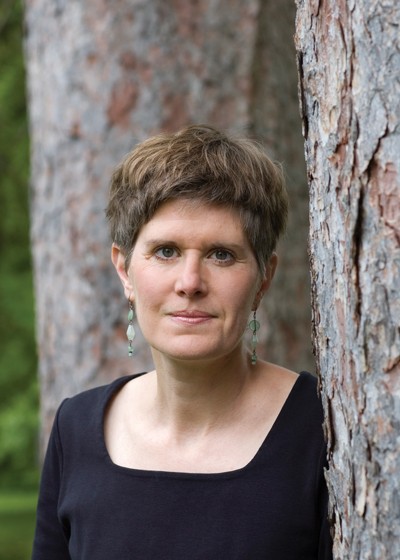How we’re poisoning our children: An interview with ecologist Sandra Steingraber

Read Debra Bendis's review of Steingraber's book Raising Elijah.
Sandra Steingraber has been sharing her passion for justice, her scientific knowledge and her concerns about environmental poisons since 1997, when she wrote of her struggle with cancer in Living Downstream: An Ecologist's Personal Investigation of Cancer and the Environment. Her second book, Having Faith, combined an account of her own pregnancy with details about fetal toxicology. In her latest book, Raising Elijah: Protecting Our Children in an Age of Environmental Crisis, she describes the personal challenge of raising children in a time of acute environmental stress. Steingraber received one of the 2011 Heinz Awards for her "ability to make scientific research compelling to a wide audience." She lives in Ithaca, New York, and is a scholar in interdisciplinary and international studies at Ithaca College.
One of the initial responses one has to your books is: "There is so much to worry about." It is hard not to feel despair and anxiety.
Yes, the despair question is the number one question I hear, and it is the biggest obstacle to social and environmental justice. The problems are very serious; our economy has become dependent on ruinously destructive practices. But what often prevents people from insisting that we do things in a more enlightened way is their own despair. They give up hope before they've even started.




